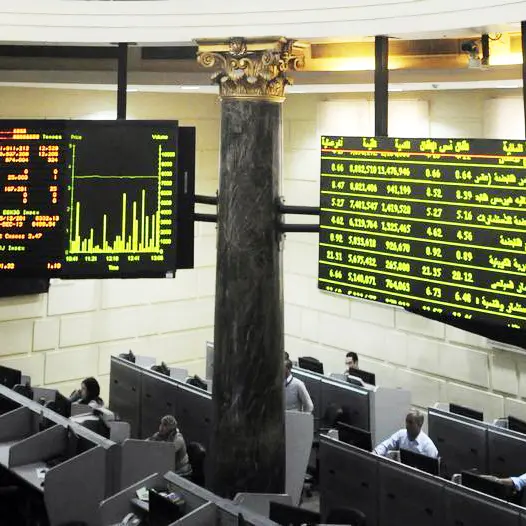While positive analytic talk (fundamental or otherwise) may attract some investors and traders into the financial markets, it’s usually a breach of a significant level – or successive breaches – that is sure to entice more market participants into initiating a position. We got a taste of that last week with gold’s breach of the $1,800 level to near-decade highs, which in turn offered increased volatility.
The fundamental factors are plenty, chief amongst them record low (and in some cases negative) interest rates combined with massive fiscal stimulus and central bank quantitative easing (QE).
Gold in it of itself is a non-yielding precious metal, and with rates at, near, or below zero percent becomes a more attractive asset. Being finite in an era of ‘QE infinity’ where more money is expected to chase after a limited number of goods certainly helps, even if easing expectations drop should economic reopening gather pace.
Seeking a hedge against potential inflationary forces as both absolute and in turn real returns plummet into negative territory is forcing more into considering gold, especially when combined with increased uncertainty on both the economic and geopolitical front, the former enticing investors into hedging against it by going for the safe haven metal while the latter forcing others into seeking an alternative to the US dollar on some fronts, especially if US-China decoupling enters a fresh phase.
The difficulty in obtaining a relatively risk-free (real or absolute) rate above zero has become a serious issue for investors, forcing them into taking on greater risk and holding assets not just for returns but for capital appreciation.
That has redirected and repositioned more into the stock market on a lack of returns on offer in the real economy and expectations of potential physical asset depreciation, especially in sectors heavily exposed to the pandemic be it during the storm, or the weakened economic recovery thereafter.
But as with any strategy for the financial markets, cautious investors are usually looking for a hedge, especially in the current uncertain global environment. The 'buy equities and hedge by buying gold' has been the net result, and helping gold even on days deemed ‘risk-on’ where safe haven assets are usually in retreat. Being forced into taking on more risk by snapping up equities means more gold gets bought as well.
Record ETF (exchange-traded fund) inflows at $40bn during the first half of this year according to the World Gold Council’s year-to-date data helps explain this approach, which also helps explain the record rise in assets under management (AUM) in gold ETFs. Understandable then, to hear plenty of positive talk when it comes to gold prices and the difficulty in ruling out further price gains, with targets amongst some being raised to $2,000.
Interestingly enough, recent gains aren't due to traditional big markets like India and China where economic uncertainty and liquidity woes have forced some households into actually selling off their gold holdings. Which brings us to the first downside factor: liquidity.
We briefly saw a ‘sell everything’ moment in March of this year that took gold prices from $1,700 to $1,450 before swiftly recovering. And any undoing of ongoing stimulus could force asset prices into retreat.
However, the likelihood of that occurring in the US in an election year is slim especially as officials work on further fiscal stimulus, which in turn will be reliant on central banks should there be a lack of natural buyers to snap up the bonds issued to fund that increase in spending. The next downside factor then, is a speculative one, with a move that would force investors into unwinding the second ‘buying gold’ leg of the trade as risk parameters get triggered.
The current bias amongst larger speculative traders according to the latest CoT (Commitment of Traders) report out of the CFTC shows a significant net long bias, and an extreme buy bias of 83% when looking at long positions as a percent of total speculative positioning. Client sentiment is at a lower but still heavy majority long 70%, with attempts at range-trading when gold prices oscillated in the $1,730s and again in the $1,770s before buying again anticipating further price gains.
The same can’t be said for equities, as although it too is reliant on ongoing stimulus, there’s also political forces that view the stock market as the gauge for the general economy, in contrast with gold where any price drop won’t elicit a response or support, and unlike the bond market where its importance is confined to ensuring governments borrow at lower rates and avoiding an inverted yield curve that may scare investors from the stock market over fears of a recession. In an era where the stock market is supported by both fiscal and monetary forces and especially so in an election year, gold prices heavily reliant on ETF inflows may actually end up being the weaker factor in this strategy.
* Any opinions expressed in this article are the author’s own
Disclaimer: This article is provided for informational purposes only. The content does not provide tax, legal or investment advice or opinion regarding the suitability, value or profitability of any particular security, portfolio or investment strategy. Read our full disclaimer policy here.
© Opinion 2020





















